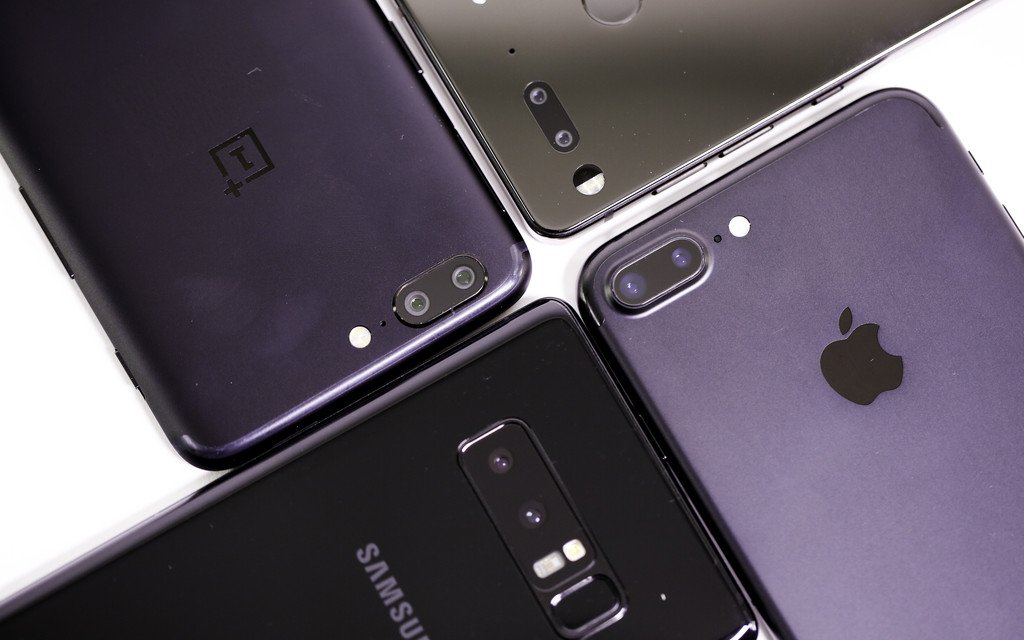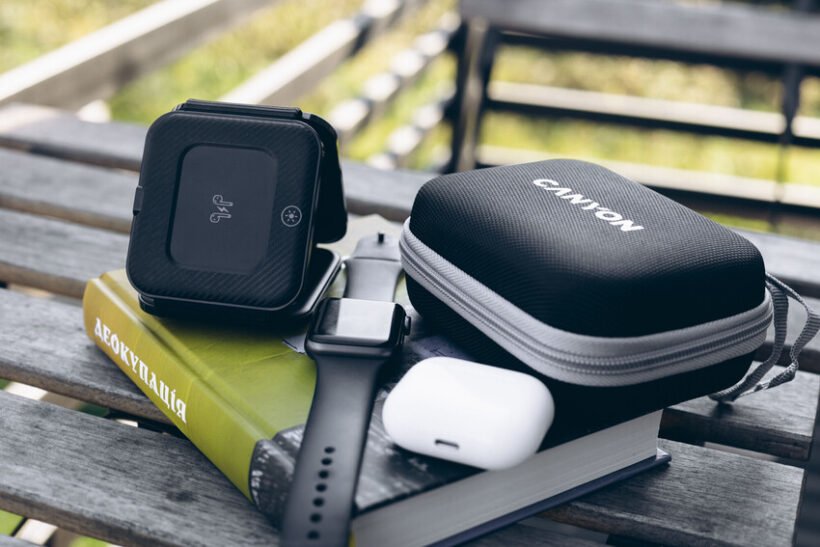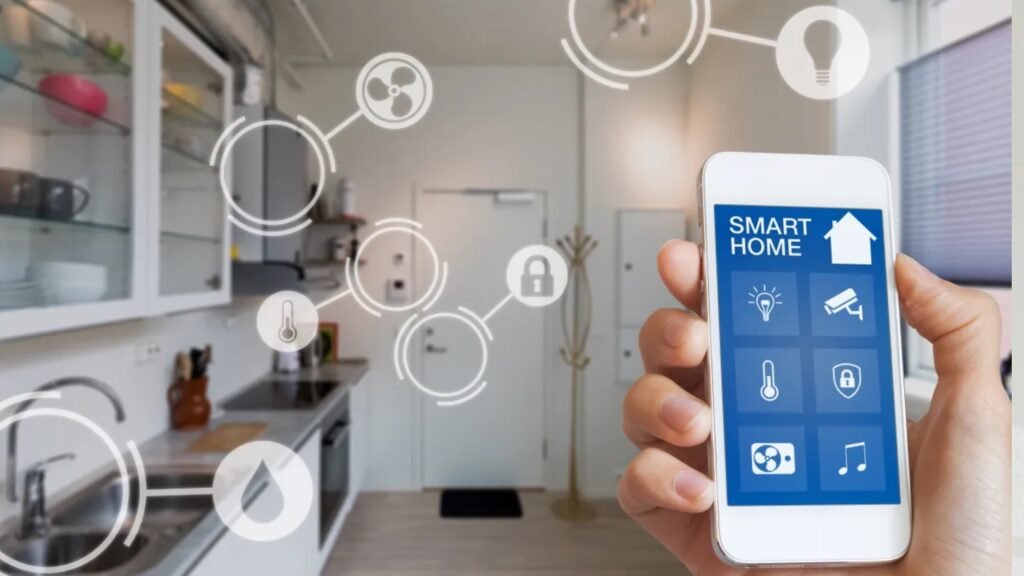Smartphones have become a necessity in our daily lives. From managing work and social media to capturing life’s best moments, the right smartphone can make all the difference. But with so many options on the market, the big question remains: Should you go for a budget smartphone or invest in a premium flagship device?
Budget vs Premium Smartphone Features: Side-by-Side Comparison
| Feature | Budget Smartphones | Premium Smartphones |
|---|---|---|
| Price Range | $150 – $400 | $700+ |
| Build Quality | Plastic / polycarbonate | Glass / metal, luxury design |
| Performance | Basic to mid-level processors (good for calls, browsing, social media) | Flagship processors (smooth gaming, video editing, multitasking) |
| Display | LCD or basic AMOLED, 60Hz–90Hz refresh rate | High-resolution AMOLED/QHD, 120Hz–144Hz refresh rate |
| Camera | Single or dual lens, good daylight photos, limited night photography | Multiple pro-grade lenses, advanced low-light, 4K/8K video, AI photography |
| Battery Life | Often long-lasting due to lower power use, standard charging speeds | Balanced battery with fast charging, wireless charging, optimization features |
| Software Updates | 2–3 years (sometimes slower rollout) | 4–6 years (priority updates, faster rollout) |
| Extra Features | Limited; may lack water resistance, 5G, or wireless charging | 5G support, water/dust resistance, wireless charging, advanced biometrics |
| Resale Value | Lower resale value | Higher resale value (brands like Apple/Samsung retain well) |
| Best For | Casual users, kids/teens, budget-conscious buyers | Power users, gamers, photographers, long-term users |
In this guide, we’ll break down the pros, cons, and use-cases for both categories, so you can confidently choose the phone that fits your lifestyle and budget.
What Defines a Budget Smartphone?
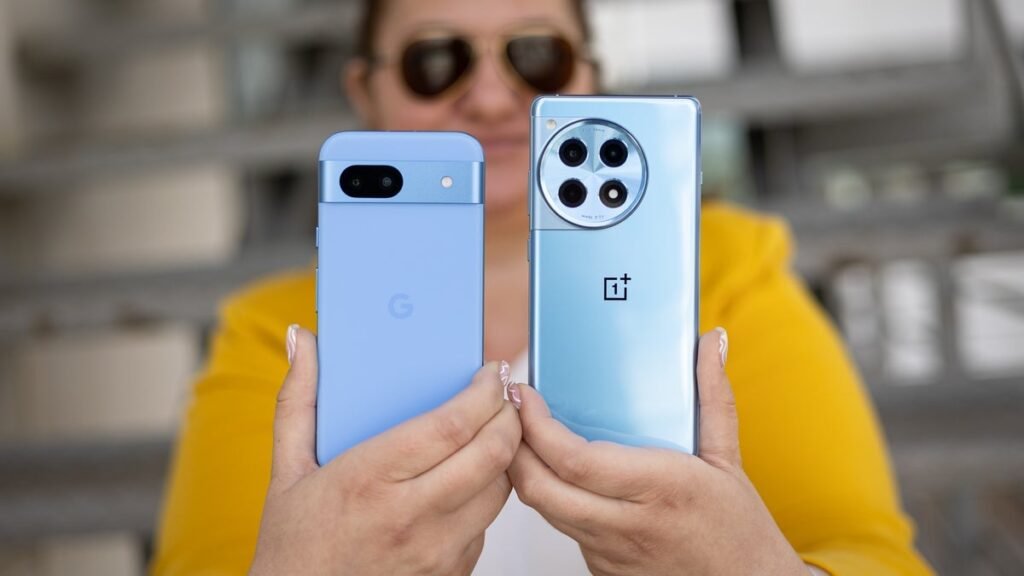
A budget smartphone typically costs between $150 to $400 and focuses on delivering essential features without the luxury extras. These devices are great for users who want reliable performance for everyday tasks without spending too much.
Key Characteristics:
- Plastic or polycarbonate build
- Good (but not flagship-level) camera performance
- Mid-range or entry-level processor
- Decent battery life
- Limited but useful features (sometimes missing wireless charging, water resistance, or 5G support)
Popular examples: Samsung Galaxy A series, Google Pixel A-series, OnePlus Nord, Motorola G series.
What Defines a Premium Smartphone?
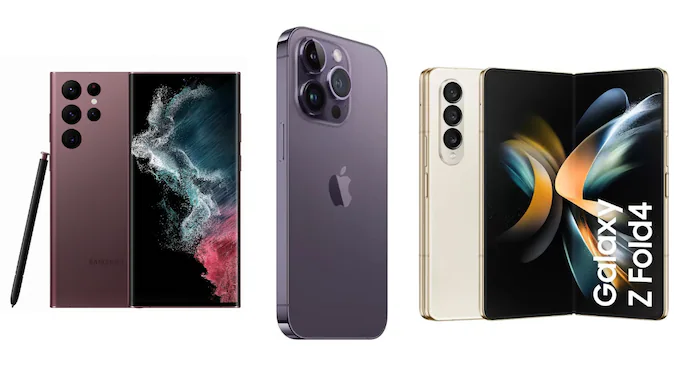
A premium smartphone usually costs $700 and above and comes with cutting-edge technology, luxury build, and powerful performance. These are designed for users who want the latest and best.
Key Characteristics:
- Glass or metal body with sleek design
- Flagship processors (Qualcomm Snapdragon 8 series, Apple Bionic chips, etc.)
- Pro-grade cameras with multiple lenses and advanced features
- High refresh rate AMOLED displays
- Advanced features like 5G, wireless charging, water/dust resistance, AI-powered photography
Popular examples: Apple iPhone 15 Pro, Samsung Galaxy S24 Ultra, Google Pixel 9 Pro.
Budget vs Premium: Key Differences
1. Performance
- Budget phones: Handle basic tasks like calls, browsing, and social media smoothly. Some lag may occur with heavy apps or gaming.
- Premium phones: Designed for speed—perfect for gaming, video editing, and multitasking.
2. Camera Quality
- Budget phones: Offer decent photo quality in daylight, but may struggle in low light.
- Premium phones: Multiple cameras, larger sensors, AI enhancements, and pro features for stunning photography and video.
3. Battery Life
- Budget phones: Often last longer since they use lower-power processors.
- Premium phones: Require more power but usually balance it with fast charging and optimized battery management.
4. Software Updates
- Budget phones: May receive updates slower or for a shorter duration.
- Premium phones: Usually get priority updates and longer software support.
5. Build Quality & Design
- Budget phones: Plastic/polycarbonate builds; functional but less premium.
- Premium phones: Sleek glass/metal, thinner bezels, and luxury feel.
6. Extra Features
- Budget phones: Essential features only.
- Premium phones: Wireless charging, 5G, water resistance, advanced biometrics, better displays (OLED, 120Hz).
Who Should Buy a Budget Smartphone?
Choose a budget smartphone if:
- You only need your phone for calls, messaging, browsing, and light apps.
- You want good performance without breaking the bank.
- You replace your phone every 1–2 years.
- You’re buying a phone for kids, teens, or as a backup device.
Who Should Buy a Premium Smartphone?
Choose a premium smartphone if:
- You want the best performance for gaming, editing, or creative work.
- You care about camera quality for professional or hobby photography.
- You want a phone that lasts 4–5 years with updates.
- You enjoy luxury design, latest tech, and extra features.
Budget vs Premium: Cost of Ownership
It’s not just the upfront cost—think about value over time.
- A budget phone may cost less but could become outdated in 2 years.
- A premium phone costs more but retains value, gets longer updates, and may serve you for 4+ years.
Final Verdict: Which One Is Right for You?
If you’re a casual user who doesn’t need the latest and greatest, a budget smartphone offers excellent value.
If you’re a power user, content creator, gamer, or someone who keeps their phone for years, a premium smartphone is worth the investment.
Your choice comes down to budget, lifestyle, and priorities.
FAQs on Budget vs Premium Smartphones
Q1. Are budget smartphones reliable?
Yes. Modern budget smartphones offer solid performance for daily use like calls, browsing, social media, and light apps.
Q2. Do premium smartphones have better resale value?
Yes. Flagship devices like iPhones and Samsung Galaxy models usually retain higher resale value compared to budget phones.
Q3. Can budget smartphones handle gaming?
They can handle light to mid-level gaming, but premium phones offer smoother graphics and longer gaming sessions.
Q4. How long do premium smartphones last?
With regular updates, premium phones typically last 4–5 years compared to 2–3 years for budget devices.
Q5. Is it worth upgrading every year?
Not necessarily. Unless you need new features, most premium phones can last several years without performance issues.
Q6. Which is better for photography—budget or premium?
Premium smartphones offer significantly better camera quality, especially in low light, video recording, and AI enhancements.
Q7. Do budget phones get software updates?
Yes, but often for a shorter period (2–3 years) compared to premium models (4–6 years).
Q8. Are mid-range phones a good compromise?
Absolutely. Mid-range devices (around $400–600) often balance performance and price, offering flagship-like features at lower cost.
Q9. Which should I buy if I only use my phone for social media?
A budget or mid-range smartphone is more than enough for social media apps like Instagram, TikTok, and WhatsApp.

